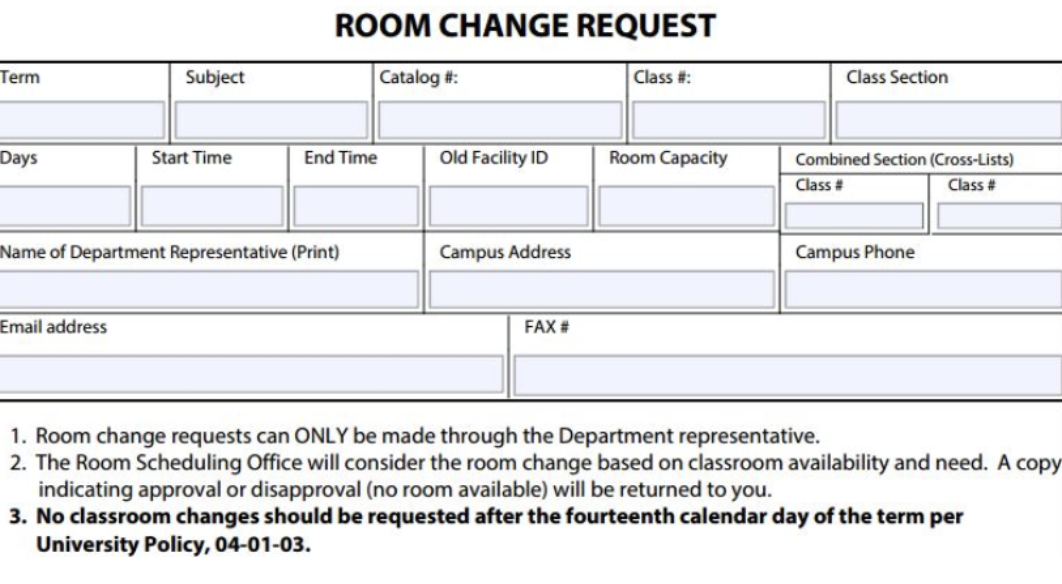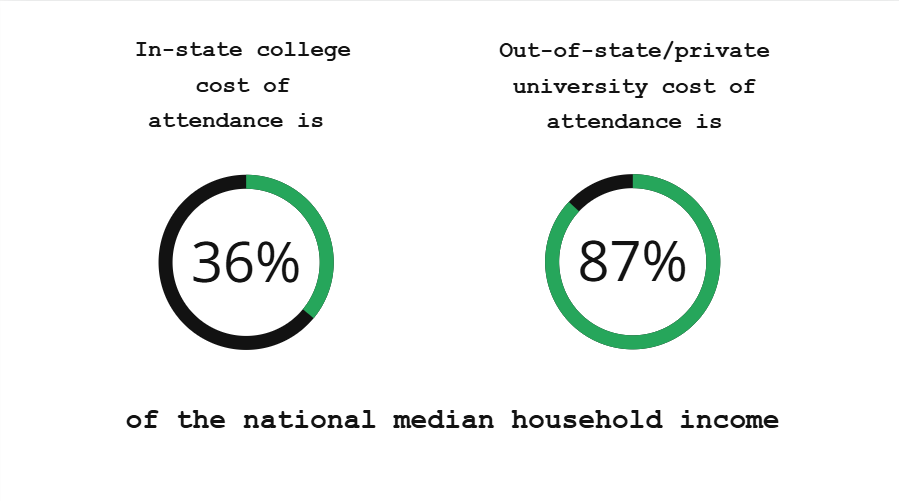Point: Ian Alves
With the new format of a digital SAT, the test is now more accessible and gives students a better testing experience. The move to a digital format eliminates the need for paper exams making the test easier to administer. The College Board is trying to use technology in a way that levels the playing field for all students with a test that adapts to the student’s ability.
Usually one of the main issues with the current traditional exam is the extensive planning. Schools and testing centers with paper-based exams have to print out the tests, distribute them and collect the test materials at the end. This can prove to be a very tedious process that takes time, energy and resources. But by moving to a digital platform, the new SAT makes this process much easier reducing a burden on schools and test centers. It also increases the accessibility to the test as it can now be administered in a wider range of places to more students.
The test will also be an hour and a half shorter which is a lot better especially for people who have trouble sitting through a long test. Having a shorter test also allows for a test where students can put in a high amount of effort for the full run time of the test instead of burning out after two to three sections of the longer paper test.
The new test was created in a way in which the questions change based on how the student is doing on the test. The adaptable test makes sure that the student’s score is reflective of their intellectual abilities. The digital SAT will include videos and interactive graphs allowing for a wider range of questions and testing methods. This allows students a new opportunity to exercise their education.
Overall, the new SAT is an important step to a more accessible testing experience. By moving to a computer version of the SAT, the College Board is enhancing the effectiveness of standardized testing.
Counterpoint: Leo Holma
The move to an all-digital SAT, while it seems good, has already faced much criticism and issues after its first test run with the PSAT. With computers and systems crashing, delayed PSAT dates and much more, I question whether the change to a whole new system is worth all the effort and stress.
One of the main changes we are seeing with the digital SAT is that it is now adaptive and it changes how you are progressing through questions. While yes, it may be more interactive, it can create underlying variables to affect scores and students’ ability to show true knowledge as well. One of the main purposes of having the paper SAT in the past is that it’s standardized and everything is the same measuring students on the same level but this is no longer possible. It becomes harder to measure students’ scores with precision than was possible in the past.
Another major benefit of the paper exam was the ability to mark it up and take notes as you went along. On a digital exam that is not possible, or at least not in a timely manner. Even in the math section, it can be much more time-efficient to do your work right below the question and not on a separate piece of paper where you’re looking up and down. This seems like a small thing but when every second counts per problem it can add up to be a very costly difference.
Lastly, the difference in time and length of the digital tests causes the scoring to be much harsher on the students. Although many regard the digital version to be easier, because there are fewer questions that means each question carries a higher weight. As well with the digital exam, easier questions have even higher weight so making one mistake can be arguably detrimental to a student’s score.
Although many are excited for the digital SAT, such a large change should be accompanied with a lot of worry for the benefits we are leaving behind. The paper exam made standardizing scores much easier, and with the longer format it put much less stress on single questions. We should be disappointed that we are moving away from such a long-standing, working system that has led the college process for so long.






















